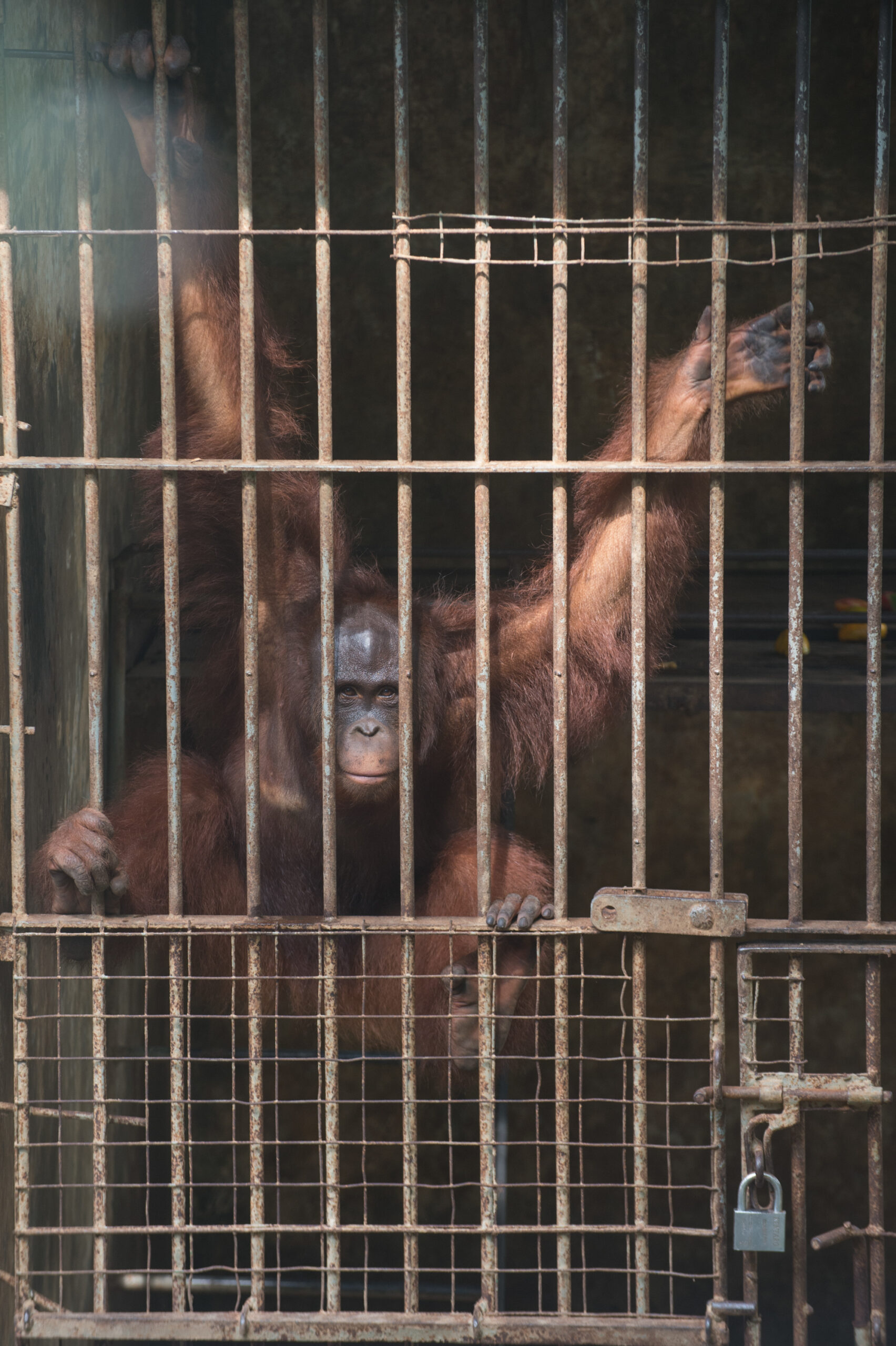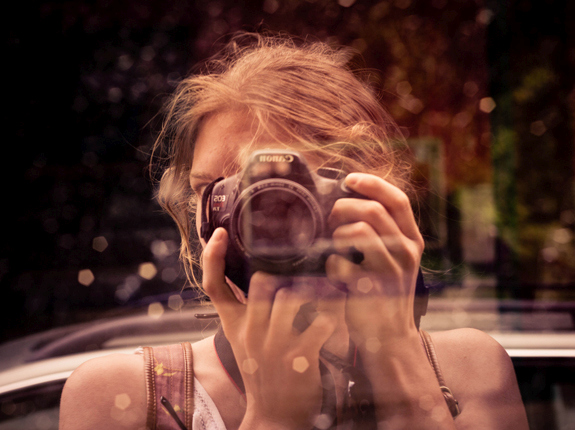While Bali and surrounding holiday hotspots may promise a blissful escape for tourists, it’s far from paradise for captive wild animals held there at tourism venues, as a new report shows.
Connecting with nature and enjoying experiences different to the everyday are what many of us seek when we travel, and up close encounters with wild animals is often an activity on our bucket lists. Such moments make for memories shared, as well as a great Instagram post… but at what expense?
Wildlife tourism, when properly managed, can have many positive benefits, promoting conservation and the welfare and protection of different species and their environments, while potentially alleviating poverty and bringing business to local communities. On the other, more likely, hand however, many venues involve operators who exploit wildlife for profit in ways that lead to suffering, habitat destruction and species decline.
Of course, the odds are you’ve only ever visited a wildlife attraction because of your fondness and respect for animals. But tourists, despite our best intentions, can often be misled into believing a venue is doing the right thing. For example, many venues may testify to being “conservation driven”, or “kind to its animals” when really, this couldn’t be further from the truth. And the latest research from World Animal Protection indicates just that.

100 per cent of the 26 wildlife venues surveyed by World Animal Protection failed to meet the needs of animals in captivity.
The Wildlife Amusements Parks report highlights World Animal Protection’s November 2017 research into the lives of hundreds of captive wild animals in parts of Indonesia. A total of 26 wildlife venues were surveyed during November 2017 in Bali and surrounding islands Lombok and Gili Trawangan. The majority of these were venues offering wildlife tourism entertainment (think saddled elephant rides and shows, selfie opportunities with orangutans and the chance to swim with dolphins) while a small number of facilities focused primarily on animal rescues.
During this time, World Animal Protection observed more than 1500 animals, including 62 elephants; 48 primates, 15 tigers, 13 dolphins, nearly 300 sea turtles, 80 civet cats and various other species. While smaller venues offered somewhat more individual experiences, other larger scale venues housed high profile animals (tigers, elephants) that were used throughout the day in interaction with large audiences.
The research highlights the bleakest of scenarios: a staggering 100 per cent – every single venue – failed to meet the needs of animals in captivity.


Some of the most disturbing findings included four bottlenose dolphins being kept in one pool only 10x20m and three metres deep. At 30 per cent of dolphin entertainment venues, dolphins have had their teeth filed down or removed entirely to prevent potential harm to swimmers.
Furthermore, while elephant encounters and rides may look like harmless fun, all of these situations expose the giant animals to stress and painful training to be controlled, and nearly 15 per cent of elephants observed displayed stereotypies – abnormal repetitive behaviours which indicate distress or sufferings – such as swaying and foot shuffling.
Among the key welfare issues were extreme restraint through chains or cages, limited opportunity to naturally socialise with other animals; participation in stressful and potentially harmful activities, as well as there being non-existent or insufficient veterinary care and inadequate nutrition and diet for many of the animals.


Enough is enough
Ben Pearson, senior campaign manager for World Animal Protection, says, “The growing demand for harmful wildlife selfies, shows and encounters is a serious animal welfare issue in Bali and surrounding islands.
“Across the world, and throughout Asia, wild animals are being taken from the wild, torn away from their family groups, or bred in captivity, to be used in the tourism entertainment industry.
“Forced to endure painful and intensive training to make them perform, and to interact with people, they live their entire lives in captive conditions that cannot meet their needs. A life in tourist entertainment is no life for a wild animal. It is inherently cruel and abusive,” he says.
What you can do
Despite there being laws in Indonesia that aim to prevent cruelty to animals, these appear to be insufficient and not appropriately enforced. It’s up to us, as tourists, to be a part of the solution, says Pearson, by making conscious, ethical travel choices and avoiding these cruel venues and travel companies that promote, sell and support these venues. And with 86,000 New Zealand tourists flocking to Bali in 2017, there is huge potential to create change.
“World Animal Protection is urging New Zealand tourists to avoid these venues, and boycott the travel companies that promote, sell and support them. If you can ride, hug or have a selfie with a wild animal, the chances are that animal has been subjected to cruelty,” Pearson says. “We are calling on all travel companies in New Zealand to audit their Bali offerings and ensure they are not supporting the venues mentioned in this report,” he adds.
To date, World Animal Protection has worked with nearly 200 travel companies, including YOU Travel and House of Travel in New Zealand, to stop offering elephant rides and shows in travel packages. “It sends a clear signal to other operators that they can no longer ignore this issue; and selling such cruelty can no longer be hidden.”
For more information, see worldanimalprotection.org.nz






